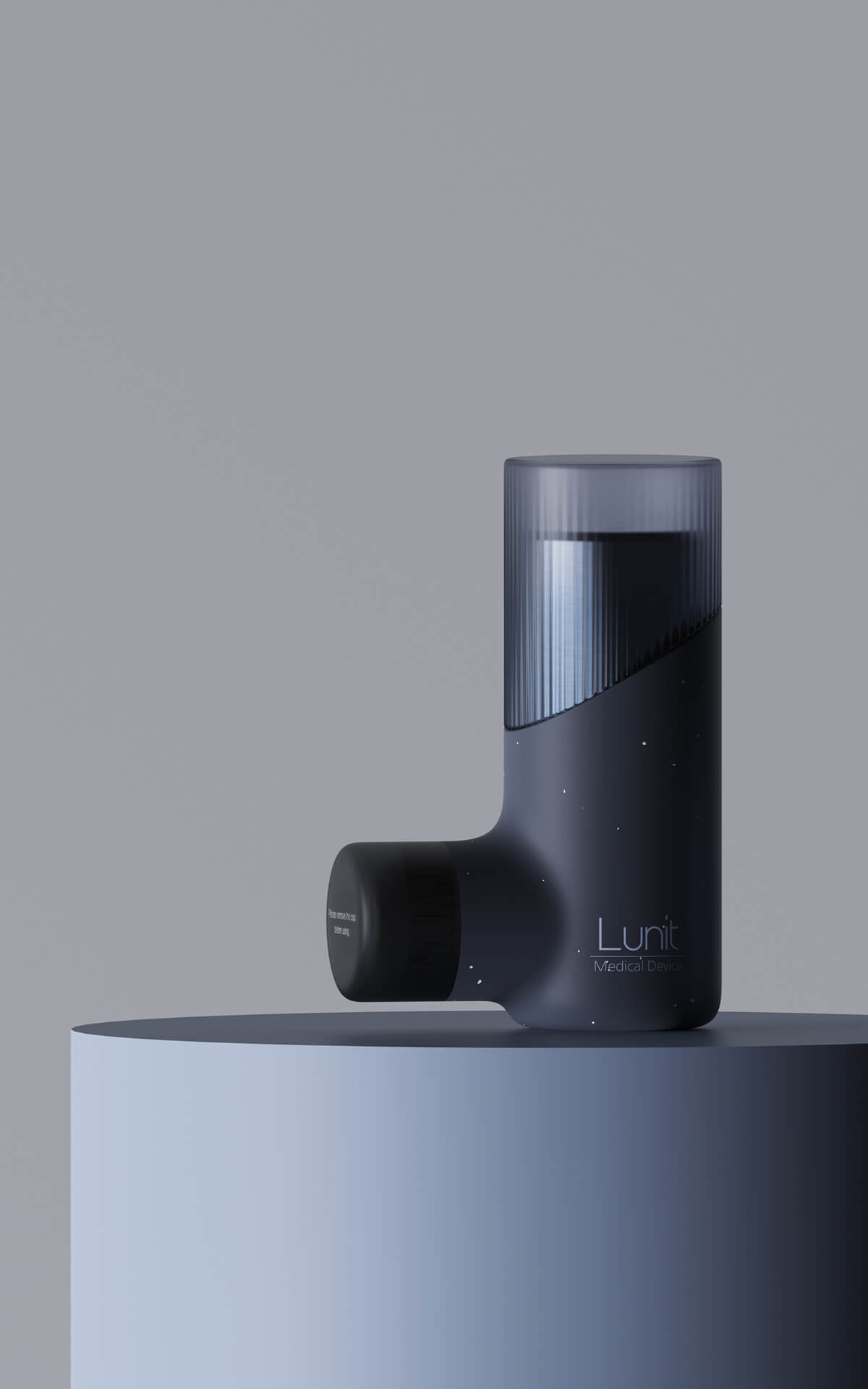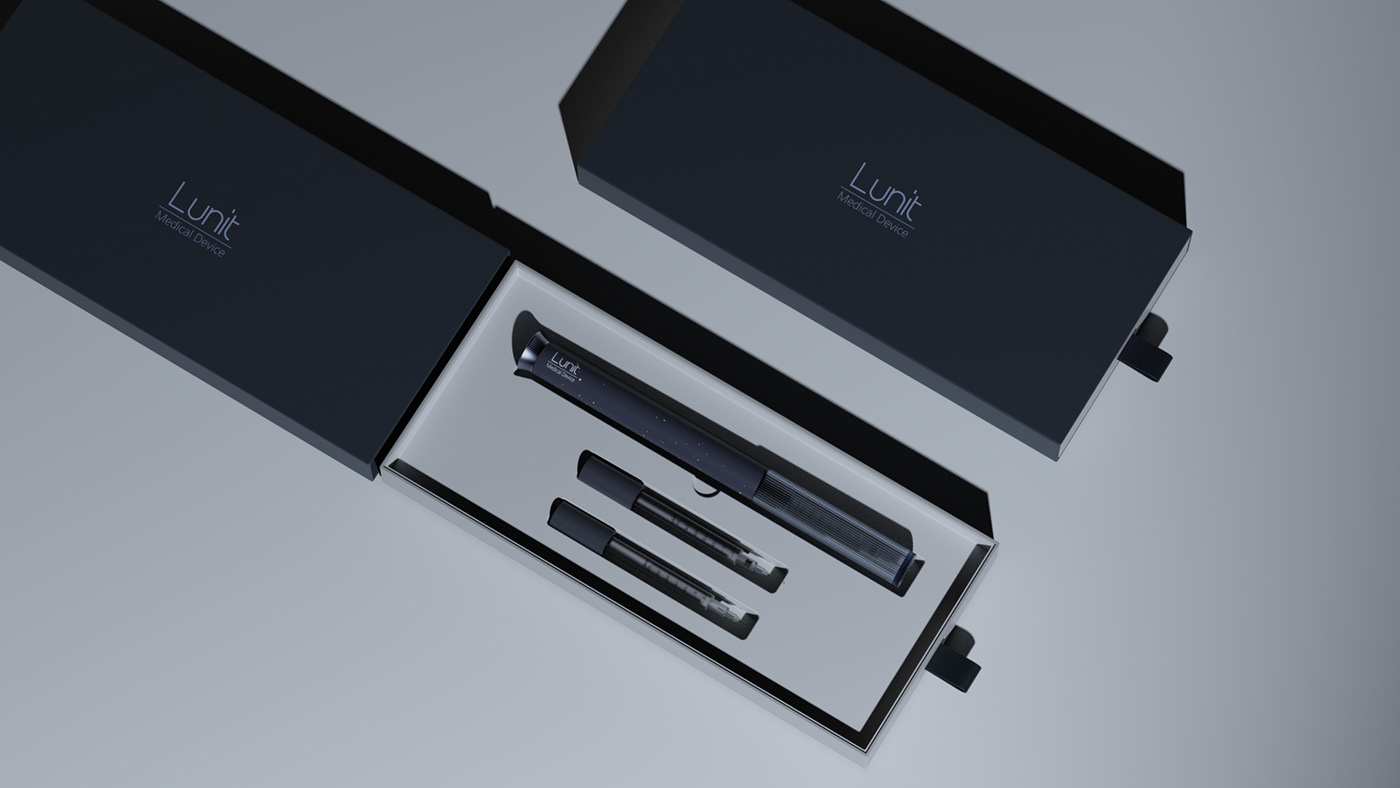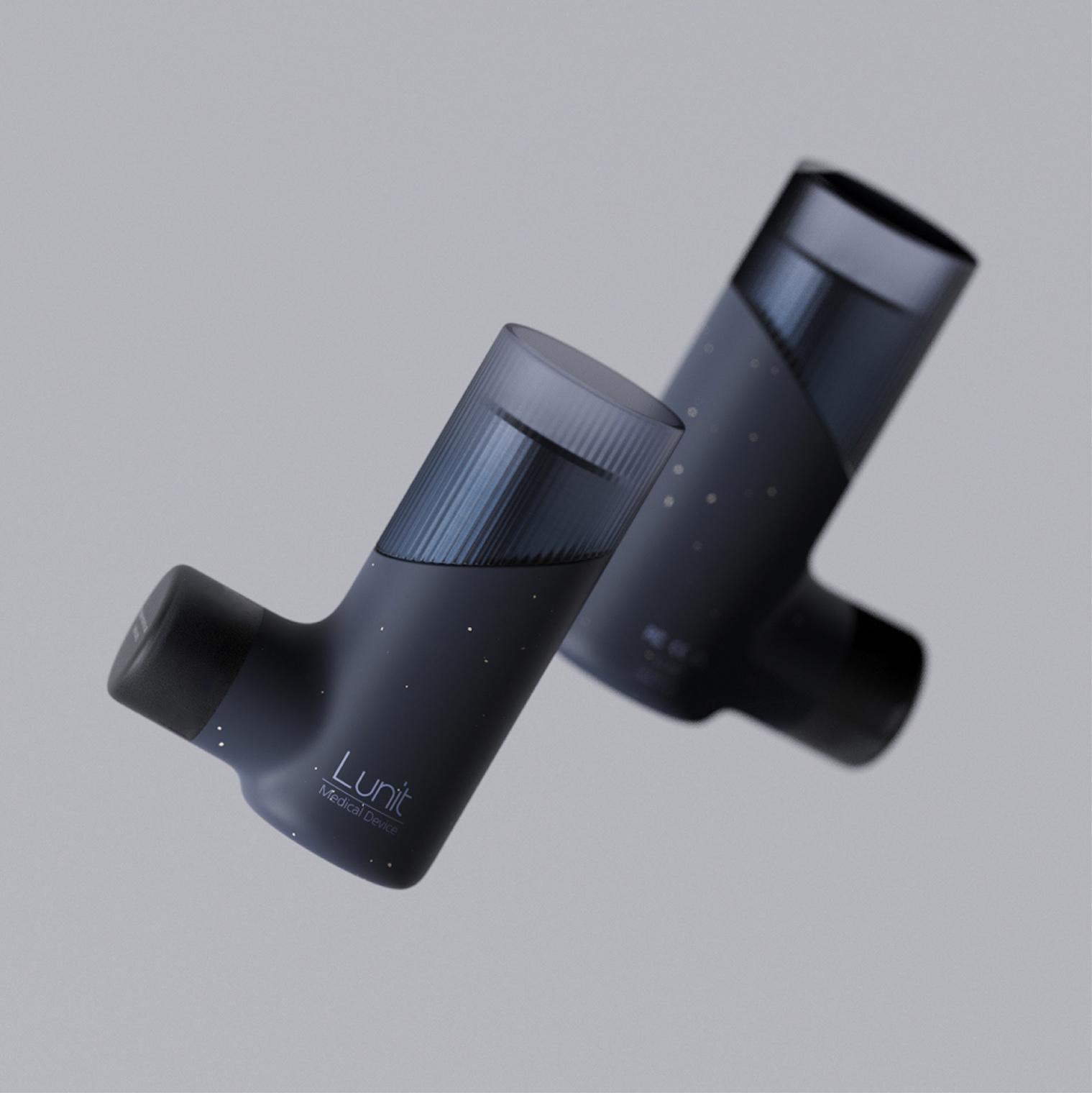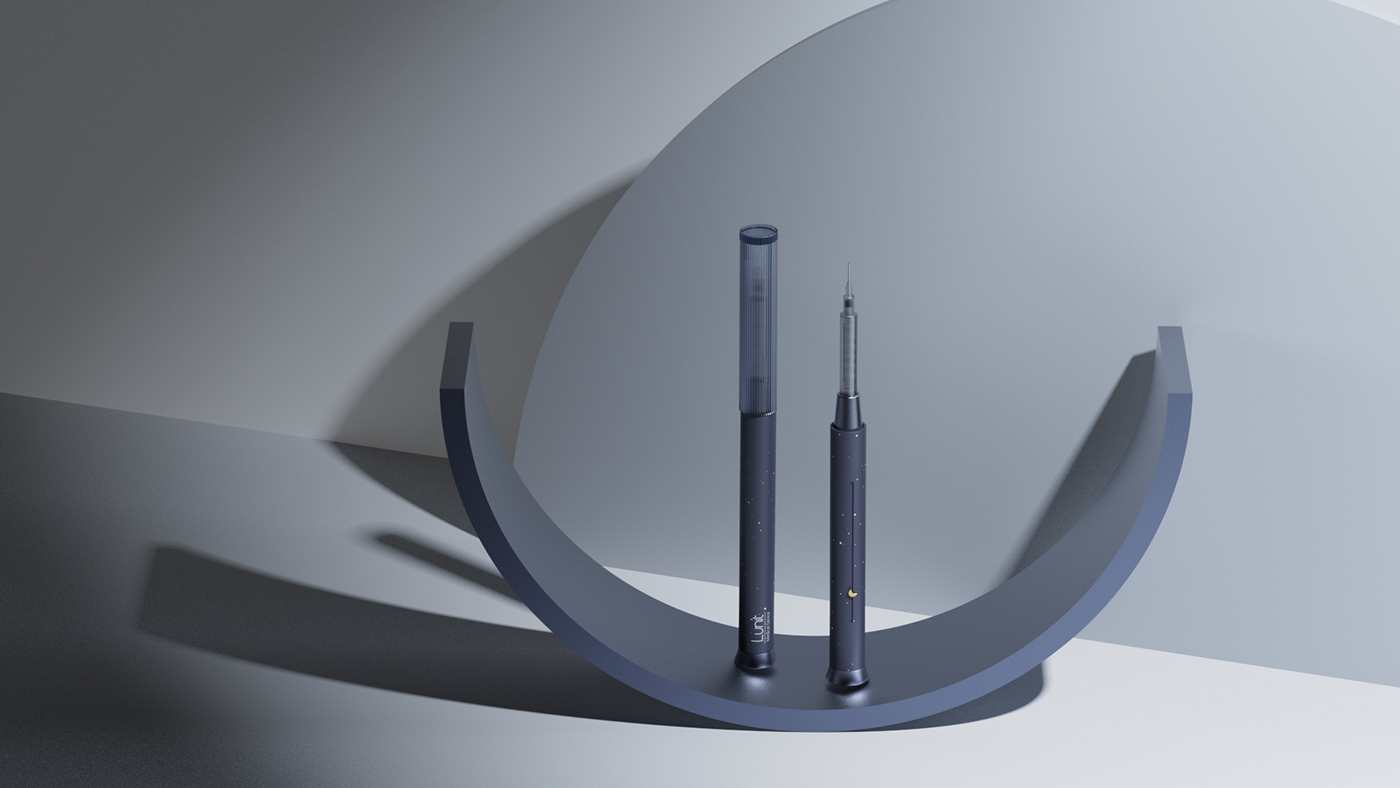Lunit medical products come without the stereotypical medical aesthetic
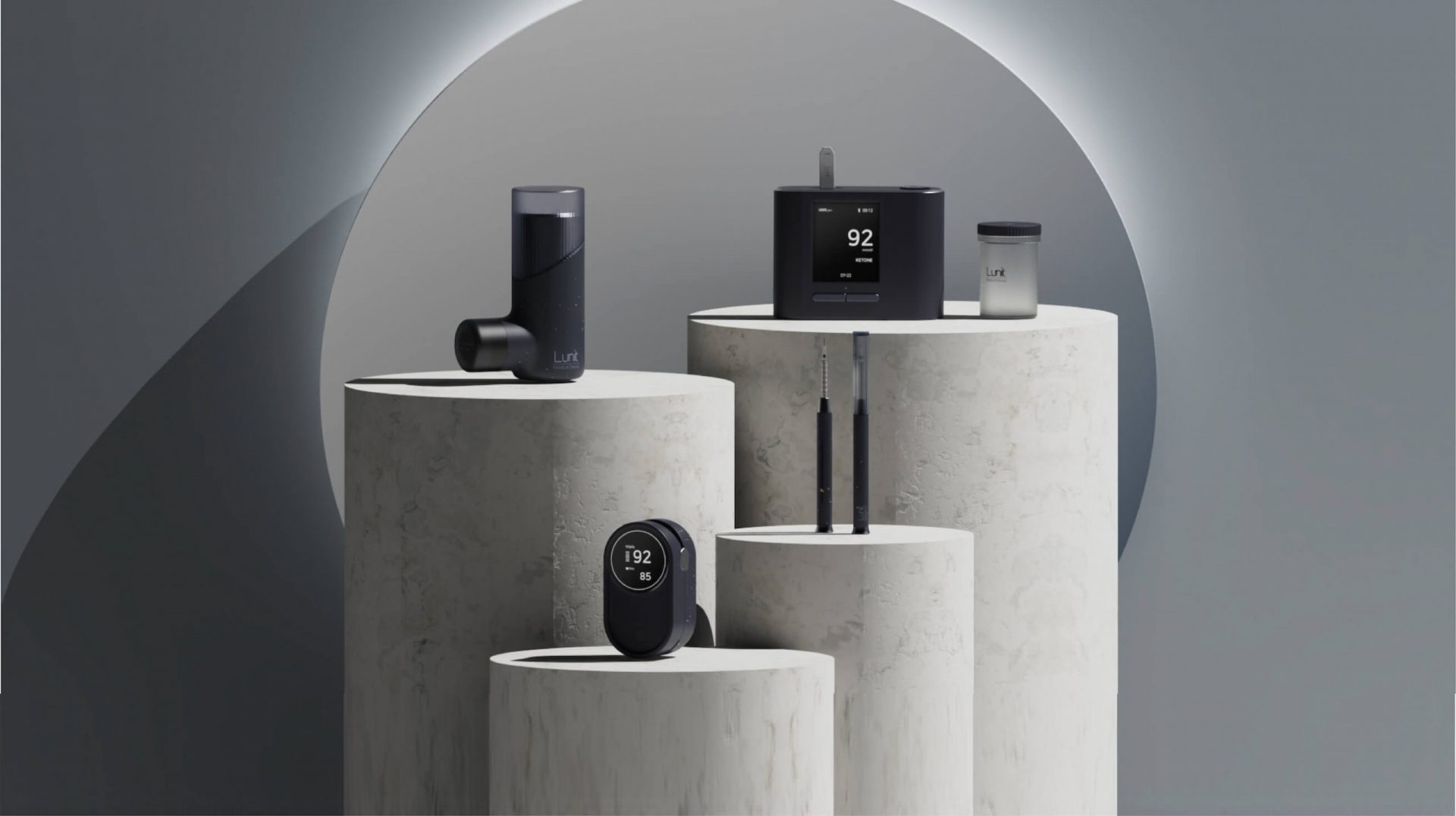
The Lunit collection of portable medical devices is an attempt to break the stigma and bring medical products into the 21st century.
The medical sector has developed at an impressive rate in recent years thanks to advancements in technology and yet most medical products still look stuck in the past. That’s why product designers Dayeon Jang and Sungchae Park Korea created Lunit, a concept collection of portable medical devices with the look and feel to match their technological capabilities.
The collection features several products covering a variety of medical conditions including an inhaler, an insulin syringe, a blood pressure meter and a blood glucose meter. These devices were chosen in response to the increasing number of patients suffering from diseases such as diabetes, hypertension, and asthma in the designers’ native Korea.

As a result, the demand for various wearable and portable medical devices in the country is increasing. However, Jang and Park felt that those currently available lacked aesthetics that would appeal to a contemporary market and through a process of sketching and 3D modeling, imagined the different ways they could look.
“In the case of personal medical devices that are currently on sale, it was found that the design and aesthetics of the product remained undeveloped compared to the technological prowess,” say the designers.
Beyond trying to create more contemporary-looking products, their exercise in aesthetics also tried to break down the stigma of using these types of products in public. “Through the design, we want to unravel the message that users with underlying diseases no longer hide and use medical devices, and that they take care of their health without disease,” they add.
Children are especially victims of the stigma surrounding medical devices, check out The OPlay turns monitoring asthma into a musical experience.
Opting for plastic, the designers have imagined a series of products that would be easy to clean and cost-effective to manufacture. We’re assuming the designers have opted for a medical-grade polymer, like polyethylene, which can withstand high wear, is temperature resistant and corrosion resistant taking into account performance after frequent sterilization cycles.
From an aesthetic point of view, the collection is inspired by the night sky—as the Latin root “lun” in its name suggests. As such, a midnight blue colour and paint-speckled effect give the collection a sleek and stylish finish. Meanwhile, a simple display is featured on several of the products to communicate essential data.
Aesthetics and prosthetics? Don’t miss Six 3D-printed limbs advancing the future of prosthetic design.



